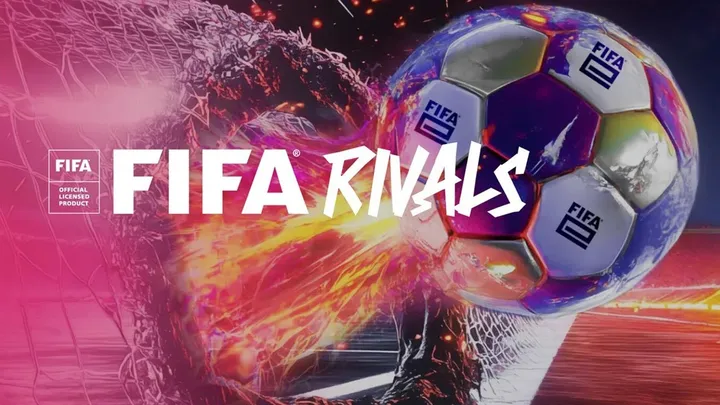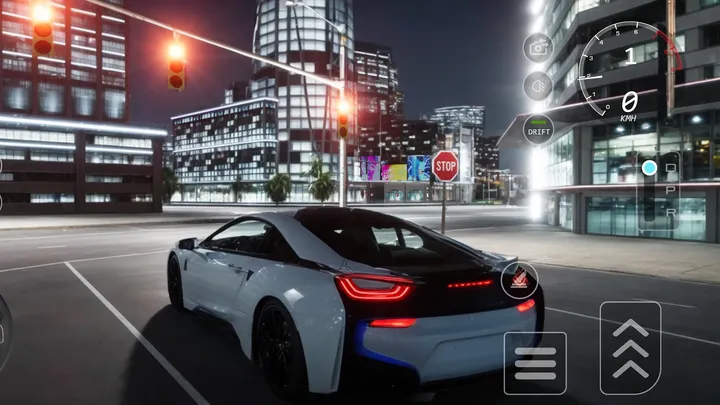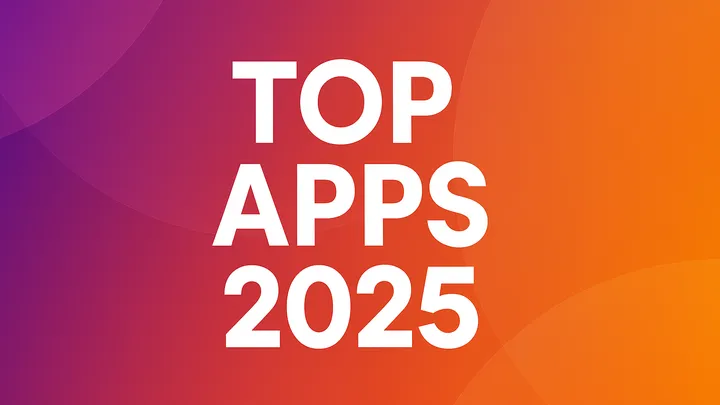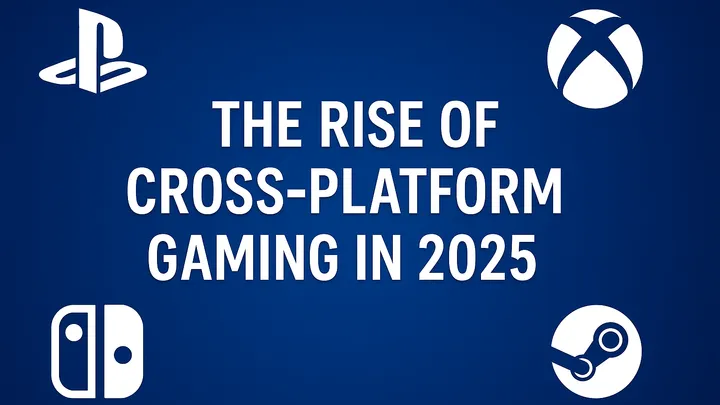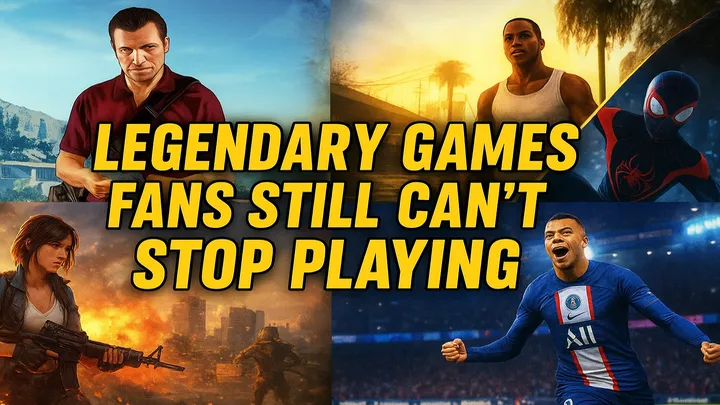From Niche Tactical Shooter to Global Stage
When Ready or Not launched, it was praised for its focus on methodical, realistic tactical gameplay—a rarity in a shooter market dominated by run-and-gun chaos. By 2025, it has grown into something larger: both a living tactical simulator and a competitive esports platform.
This dual identity ensures that the game appeals not only to hardcore fans of realism but also to players who thrive on structured competition.
AI and Tactical Mechanics Reimagined
One of the biggest 2025 updates is the overhaul of AI behavior. Hostile suspects and civilians now act unpredictably, reacting to noise, environmental triggers, and psychological pressure. Players must adapt their strategies on the fly, as no mission unfolds the same way twice.
Squad commands have been expanded with new mechanics:
- Context-sensitive orders allow precise control of teammates in dynamic situations.
- Real-time drone integration lets commanders scout buildings before breaching.
- Adaptive response systems mean AI teammates learn from repeated failures, improving coordination over time.
This innovation ensures that missions demand skill, patience, and leadership—whether in casual play or professional competition.
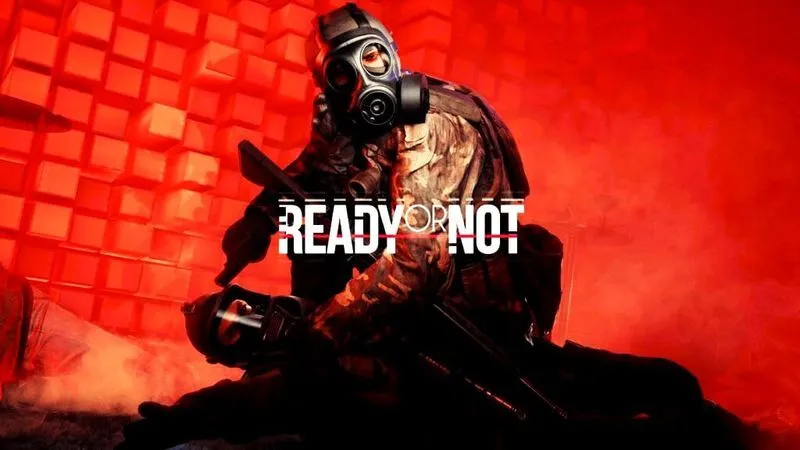
Enhanced Realism and Technical Updates
Realism has always been Ready or Not’s core strength. The 2025 update doubles down with improvements to ballistics, breaching, and player endurance systems.
- Ballistics: Bullets now penetrate surfaces based on material density, forcing players to consider cover carefully.
- Breaching Tools: New equipment such as thermal charges and fiber-optic cameras add layers of strategy to room clearing.
- Stamina and Morale: Officers now experience fatigue, stress, and reduced accuracy under prolonged combat, mirroring real-life SWAT challenges.
Paired with next-gen visual upgrades—ray-tracing reflections, volumetric lighting, and motion-captured animations—the game’s realism feels sharper and more immersive than ever.
Dynamic Missions and Replayability
Every mission in 2025 is procedurally influenced by dynamic scenarios. Enemy placements, civilian reactions, and environmental hazards shift constantly.
For example:
- A hostage situation may escalate if negotiations fail.
- Power outages or alarms may alter visibility and sound conditions.
- Randomized weather adds difficulty to outdoor raids.
This unpredictability not only makes casual play exciting but also keeps competitive matches fresh, ensuring no two games ever feel identical.
Ranked Play and Structured Competition
2025 marks the first year Ready or Not officially embraces ranked play systems. Players can now climb through structured leagues based on performance in tactical missions and team-based PvP encounters.
Ranked progression includes:
- Officer Tiers (Recruit, Veteran, Commander, Elite) tied to win rates, teamwork scores, and successful mission completions.
- Skill-Based Matchmaking that prioritizes tactical efficiency over simple kill counts.
- Seasonal Rewards including exclusive skins, patches, and tactical gear cosmetics.
This ranked foundation has set the stage for esports adoption.
Esports Tournaments and Global Leagues
The most revolutionary change in 2025 is the rise of Ready or Not esports. What was once a slow-paced tactical simulator now thrives in the competitive arena.
Official tournaments now feature:
- 5v5 Tactical Matches: Teams compete in timed scenarios, alternating between SWAT and hostile roles.
- Mission-Based Challenges: Unlike traditional deathmatches, victory requires successful rescues, evidence gathering, or controlled arrests.
- Regional Leagues: North America, Europe, and Asia now host seasonal leagues, culminating in a World Tactical Championship.
This structure rewards not just reflexes but communication, leadership, and adaptability—making Ready or Not a unique esports contender.
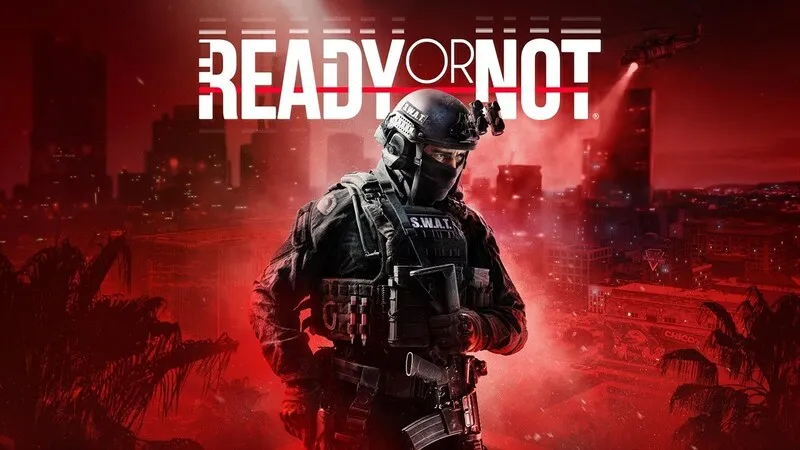
Community-Driven Competitive Growth
The game’s competitive scene didn’t emerge overnight. Player-organized leagues and modded scenarios paved the way for today’s professional tournaments. By 2025, developer support has legitimized these efforts, introducing spectator tools, replay systems, and esports broadcasting features.
- Observer Mode lets casters follow squad movements seamlessly.
- Replay Tools allow teams to analyze strategies after matches.
- Tactical Overlay Maps provide audiences with a bird’s-eye view of operations.
This balance between player creativity and developer support has fueled Ready or Not’s competitive explosion.
Modding and Custom Competitive Maps
Modding has always been a lifeline for Ready or Not. In 2025, the developers introduced official modding kits tailored for esports. Communities can now design balanced arenas, symmetrical maps, and scenario-based challenges optimized for competition.
Custom maps include:
- Embassy Assaults with mirrored layouts.
- Industrial Complexes designed for timed hostage rescues.
- Neutral Zones where both teams start with identical conditions.
This ensures endless variety and community-driven innovation.
Accessibility and Training Tools
To support its competitive future, Ready or Not has also expanded its accessibility. Training modules now help players learn advanced tactics, while AI-driven practice ranges simulate competitive conditions.
Casual players benefit from tutorial campaigns, while esports aspirants use scenario editors to rehearse strategies before official matches.
Ready or Not as an Esports Identity
What sets Ready or Not apart from other competitive shooters is its identity. It doesn’t reward reckless aggression; it celebrates teamwork, patience, and intelligence. Its esports scene is built around the philosophy of tactical precision rather than sheer speed.
This uniqueness makes it stand out in a crowded market dominated by games like CS:GO 2, Valorant, and Rainbow Six Siege. Ready or Not offers a slower, more strategic spectacle—appealing to both hardcore tacticians and esports audiences craving variety.
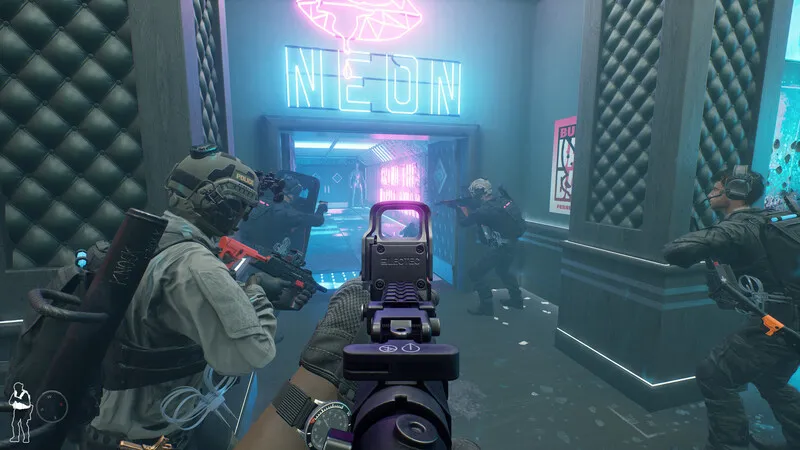
Conclusion
In 2025, Ready or Not has achieved what once seemed impossible: merging hyper-realistic tactical simulation with the excitement of competitive esports. Its technical updates—smarter AI, deeper realism, dynamic missions—keep the core experience authentic. Meanwhile, ranked play, tournaments, and global leagues elevate it into a true competitive phenomenon.
By balancing simulation and competition, the game has carved a space where casual squads, competitive teams, and professional organizations can thrive side by side.
In a gaming landscape where most shooters favor speed and spectacle, Ready or Not 2025 stands as proof that patience, precision, and teamwork can dominate the global stage. It is not just a tactical shooter anymore—it is a movement, defining what competitive realism looks like in esports.





